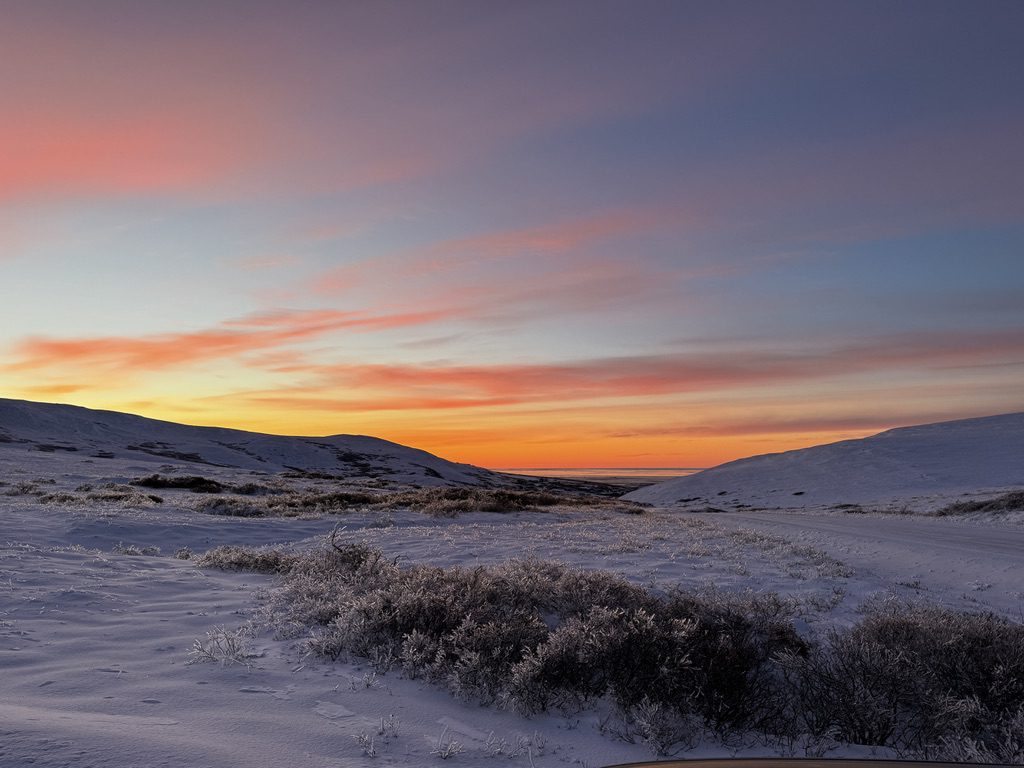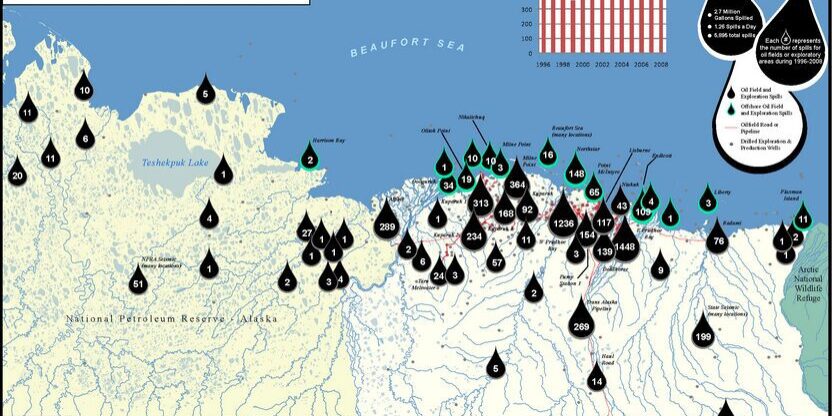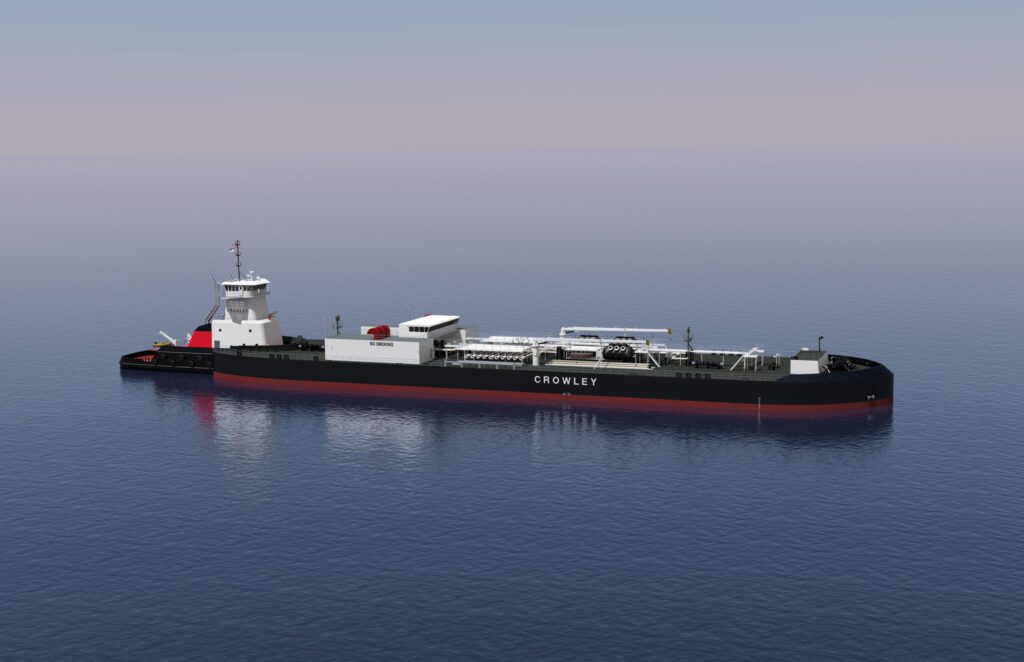An oil spill near Prudhoe Bay is bigger than was initially reported.
The Alaska Department of Environmental Conservation yesterday revised the size of the spill, the cause of which is still unknown. A malfunction in a flowline Monday led to a fine mist of oil, gas, and water spraying across 33 acres of tundra.
The leaky section of pipeline is operated by BP. After meeting with officials from DEC, the company is rotating crews of 20 to 40 workers who will clean up contaminated snow with shovels and brooms.
Though news about such spills is rare, officials say there’s on average at least one a day.
“I looked at spills between 1996 and 2008, and that showed that on average there were over 450 spills of toxic substances each year,” said Pam Miller, the Arctic Program Director for the Northern Alaska Environmental Center.
In a 2009 report on self-reported accidents from North Slope oil companies to regulators, she found chemicals regularly spilled. While some were as small as a gallon, all together the volumes were alarming.
“It totaled 2.7 million gallons of toxic substance,” Miller explained of the 12-years worth of spill data. “300,00 or 400,000 gallons of that was crude oil. And the rest was a range of other things—hazardous acids to diesel, and other fuels.”
The Department of Environmental Conservation investigates the impacts of larger incidents. But Miller says it’s the overall toll on the environment of daily leaks year after year that needs to be assessed.
The Trans-Alaska Pipeline is in its fourth decade of operation, and Miller says long-term deterioration of infrastructure—like corrosion—is another problem.
The Alaska Department of Law brought a case against BP for a 2006 spill. They claimed BP had let pipelines corrode to the point that they caused a massive leak requiring a production shut down at Prudhoe Bay. In 2012 BP was fined $255 million.







